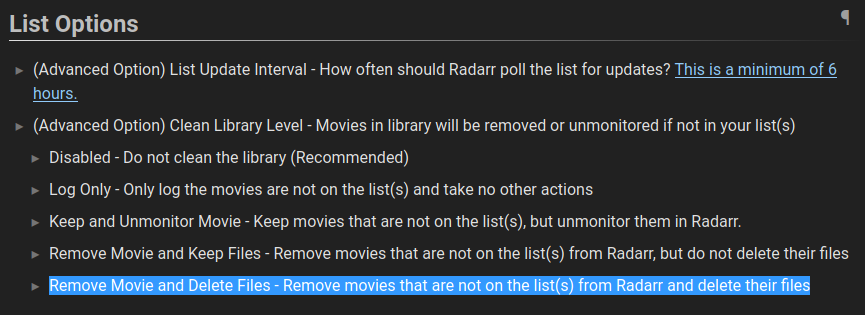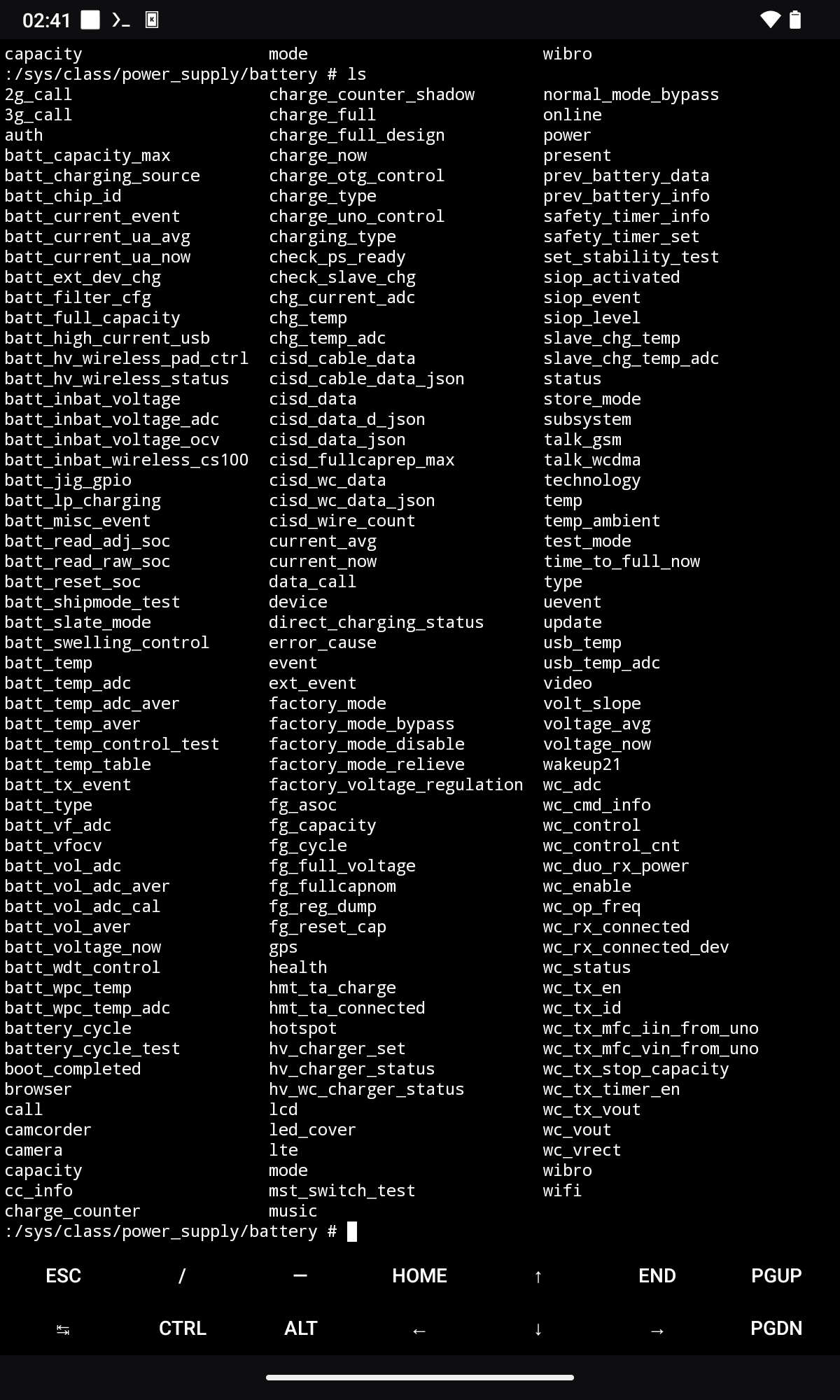someone needs to rewrite this, both the post here and the promo copy on the website, it's hella confusing and explains nada.
yeah, I wanted a board from a busted laptop and then transplant it along with the battery - plenty room inside.
then, all you'd need is a display controller that attaches to the motherboard's HDMI and drives the display, those are like $20 on aliexpress. everything else is USB and can easily be soldered to USB connectors; the later unibodies would be way more difficult in that regard.
all there's left is to incorporate some USB hub inside and that's it.
there were some restomods, like the X62.
I wanted to do something similar with a 2007 17" macbook pro. they have LOTS of space inside and the keyboard, touchpad, camera, etc are all USB, so reusing them would be easy.
the fb route would be awesome, I'm adding this to my research list. would video playback be accelerated in this case?
yeah, that's the main question - do I need a window manager, when I all want is just full screen?
I've found something called mpv-kiosk, but that's a snap and that monstrosity is the opposite of what I need.
doesn't matter. in the future I might cobble something together, like a clock or weather or a slideshow, but I'm fine with a blank/black/whatever screen.
jellyfin's android app has the cast functionality built-in, it connects to jellyfin-mpv-shim. you select the video from the app and press play and that's it - it plays on the remote device. you can then pause, ff/rewind, change subs, etc., from the android app.
as to youtube videos, select video in newpipe, share to allcast, allcast connects to macast, which uses yt-dl to play the video via mpv. you can then control the playback (stop, skip, etc) from allcast.
this all works on a full-featured desktop without problems; I'd like to strip everything but the bare necessities needed to run mpv.
there are no good linux tablets, for any price; by "good" I mean it works as good as an Android or iOS tablet. everything is from not-as-good to way worse and there are things that are downright unusable.
whichever platform you choose (Gnome, Plasma or any of the derivatives like Phosh, Plasma Mobile, etc.) the experience beyond the first 15 minutes (hey, this actually works!) is pretty bad. it's certainly not usable as a main device that you depend on and use for actual work; as a dicking-around kinda project, sure, have at it.
before you spend that kind of money, my recommendation is to get an older Surface Pro or Dell Latitude 2-in-1 in the $150-200 range and see if that functionality is something you can live with. those can be had with up to 16 GB on-board and the SSDs are replaceable (Dells are more serviceable). kernel support is spotty, not all of the features work for all devices, mainly cameras and such; consult the linux-surface github.
edit: just saw this comment, my experiences are similar. the rest of the comments where people think what a device might work like you should disregard.
feels like an austin powers discarded skit... achieving world dominance by pretending to be mike from accounting who does excel like really good
it's a false dichotomy; the issue is not whether you do or don't have something to hide, the issue is you choosing what you share and with whom.
the fact that I don't blast the quality of this morning's stool accross all my social media outlets doesn't mean that I'm hiding it, it means that I choose not to share it.
that's my decision and I don't allow my hardware, software, service provider, government, or whoever-the-fuck to make it for me.
*affect.
thanks for the humorous takes, but what's the verdict...? and what's the next step, download posts and settings and move elsewhere?



OK, so what this purports to do is use your email server as chat platform. kinda intriguing, could have several use cases, don't know what it does with existing email or how the chat looks like in e.g. thunderbird...
unfortunately, after installing it and being unsuccessful about having it login to my IMAP account (works fine with thunderbird), I've given up.
so, the "onboarding" is less than stellar and the desktop app is electron, which I hate; haven't tried the android app.